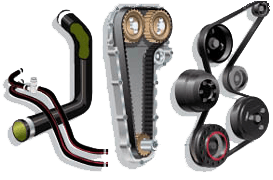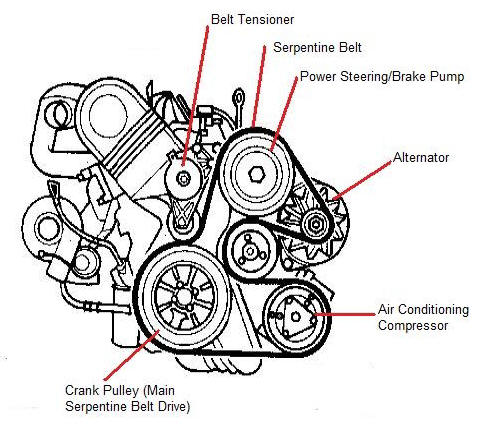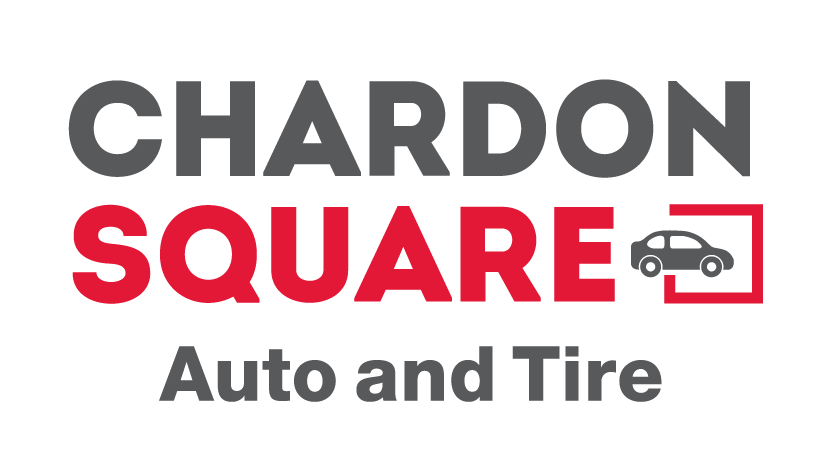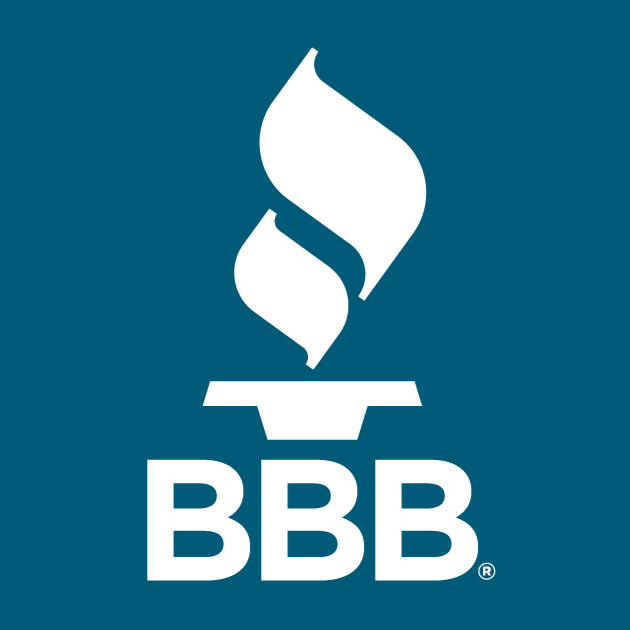Belts and Hoses
Belts and Hoses Chardon, OH
Don’t Let a Simple Belt or Hose Leave You Stranded
Of all the equipment in your vehicle, belts and hoses have the shortest lifespan. Due to constant exposure to heat, vibration, and harmful chemicals, these components may crack, leak, fray, and peel over time.
As you can imagine, if one of your car’s critical belts or hoses fail, you could be spending time waiting for a tow rather than getting where you’d like to go.
Hoses and belts are part of almost every system in your vehicle. They should be inspected regularly -- during your oil change is a good time -- to look for wear and tear. In general, replacing hoses and belts is an easy maintenance task that will help you to get the best performance out of your vehicle.
Are you planning a road trip?
Taking your child’s team to a sport tournament?
Let the experts at Chardon Square Auto & Tire evaluate the condition of your belt and hose system.
Call today for a convenient appointment!
About Your Car’s Belts and Hoses
Research shows that while most people are attentive when it comes to regular oil changes, they hardly devote any concern at all to the condition of their belts and hoses. A leaking hose or a cracked belt will cause you more trouble than an overdue oil change ever will! The following is a brief description of some of the different belts and hoses we inspect:

Visual Inspection of Belts
- Search for clear indications of damage (cracking, glazing, softening, or peeling)
- Test for correct tension
- Test for correct alignment
- Record belt condition for future reference
Visual Inspection of Hoses
- Search for leaks, cracks, hardening, or softening.
- Test cooling system for leaks using state-of-the-art pressure technology
- Record hose condition for future reference
Here are a few of the different types of belts and hoses that your car uses to stay on the road:
Drive Belts:
The engine itself is used as a power source to drive some of your vehicle's accessories. Instead of being supplied by electric power, these accessories rely on a series of pulleys and belts to operate. Some of these accessories include:
- Power steering pump
- Alternator
- Air conditioning compressor
- Radiator cooling fan
- Water pump
Hoses:
If you think of hoses as your vehicle's circulatory system, then you'll have an appropriate representation of how important they are. Channeling car fluids to their correct destination, hoses are composed of two rubber layers with fabric in between. Types of hoses vary on make and model, but typically they include:
- Fuel hose (sends gasoline from the gas tank to the engine)
- Radiator hose (delivers coolant to engine)
- Power steering hose (connects power steering pump to steering equipment)
- Heater hose (provides coolant to heater core)
Serpentine Belt
You know that long belt that snakes around the front of your engine? It’s called the serpentine belt. The serpentine belt is driven by the engine as it turns. It powers your alternator, air conditioning compressor, and power steering pump. On some vehicles it also runs the water pump, radiator fan, and power brakes. Sounds like a lot of important stuff doesn’t it?
You may have been told by a service advisor or mechanic to look for cracks in your belt to see if it needs to be replaced. Of course, cracks are still a concern, but modern belt material doesn’t crack as often as old belts did. What we look for these days is the thickness of the belt. There are tools available that measures the depth of the grooves in the belt to see if it needs replacing. A worn belt can slip (squeal) or be misaligned, putting undue stress on the accessories it runs.

It’s important for the belt to be tight, so there’s a tensioner pulley on your engine that puts pressure on the belt to keep it at the right tension. The spring on the tensioner wears out over time so we recommend replacing the tensioner pulley at the same time as the serpentine belt. Replacing your serpentine belt on schedule, or when an inspection warrants it, will keep you from an unexpected breakdown.
You may have been told by a service advisor to look for cracks in your belt to see if it needs to be replaced. Of course, cracks are still a concern, but modern belt material doesn’t crack as often as old belts did. What we look for these days is the thickness of the belt. There are tools available that measures the depth of the grooves in the belt to see if it needs replacing.
Call Chardon Square Auto & Tire today
to schedule your belt and hose inspection!
All Rights Reserved
- Site designed by Locallogy



